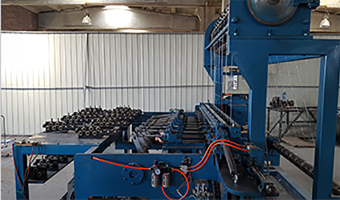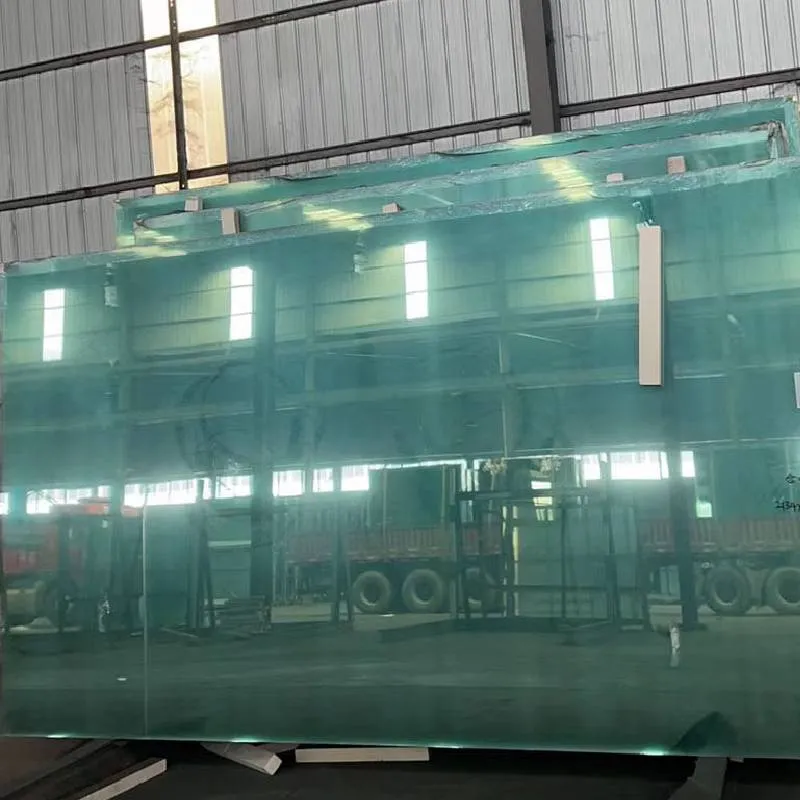- Overview of Toughened Glass Production
- Key Stages in Float Glass Manufacturing
- Tempering Process: Heat Treatment and Quenching
- Technical Advantages Over Conventional Glass
- Manufacturer Comparison: Core Metrics and Certifications
- Custom Solutions for Diverse Industrial Needs
- Applications and Case Studies of Tempered Glass

(process of making toughened glass)
Understanding the Process of Making Toughened Glass
Toughened glass, also known as tempered glass, undergoes a rigorous manufacturing process to achieve its signature strength and safety features. The journey begins with high-quality float glass, which is cut, shaped, and edged to precise specifications. Before tempering, the glass must be thoroughly cleaned to eliminate impurities that could compromise structural integrity. This preparatory phase ensures uniformity, a critical factor for consistent thermal treatment later.
Critical Phases in Float Glass Production
The float glass making process involves melting raw materials (silica sand, soda ash, limestone) at 1,500°C, followed by floating molten glass on a bed of tin to create a flawless, flat surface. Key parameters include:
- Temperature control within ±2°C during annealing.
- Thickness tolerance of ±0.2mm for premium-grade output.
- Optical clarity tested to ASTM C1036 standards.
Heat Treatment and Rapid Quenching Mechanics
During the tempered glass making process, pre-cut float glass is heated to approximately 620°C, just below its softening point, then rapidly cooled via high-pressure air jets. This creates surface compression (10,000–15,000 psi) and edge compression (≥9,700 psi), enhancing breakage resistance by 4–5x compared to annealed glass. The quenching phase’s speed and air pressure directly influence the final product’s mechanical properties.
Performance Metrics and Industry Benchmarks
Tempered glass outperforms standard glass in multiple categories:
| Parameter |
Tempered Glass |
Annealed Glass |
| Impact Resistance |
5x Higher |
Baseline |
| Thermal Shock Limit |
220°C ΔT |
60°C ΔT |
| Fragmentation Pattern |
Diced Particles |
Sharp Shards |
Leading Manufacturers: Capabilities and Certifications
Major producers like Guardian Glass and AGC Glass Europe employ advanced tempering furnaces with automated stress monitoring systems. A comparative analysis reveals:
| Vendor |
Max Thickness |
Tempering Speed |
Certifications |
| Vendor A |
19mm |
90s/sheet |
EN 12150, ANSI Z97.1 |
| Vendor B |
25mm |
120s/sheet |
ISO 9001, GB 15763.2 |
Tailored Solutions for Sector-Specific Demands
Customization options address unique industry requirements:
- Architecture: Laminated tempered glass for hurricane-resistant facades.
- Automotive: Bent tempered side windows with UV-blocking coatings.
- Electronics: Chemically strengthened ultrathin glass (0.3mm) for foldable displays.
Real-World Applications of the Tempered Glass Making Process
From skyscrapers like the Shanghai Tower to smartphone screens, tempered glass’s versatility is unmatched. Case studies highlight:
- 30% reduction in building HVAC costs via solar-control tempered glazing.
- 98% survival rate for tempered automotive glass in crash tests (NHTSA 2022 data).
- Zero reported injuries from glass breakage in 5,000+ installed public partitions.

(process of making toughened glass)
FAQS on process of making toughened glass
Q: What are the basic steps in the float glass making process?
A: The float glass process involves melting silica sand, soda ash, and limestone, then pouring the molten glass onto a bed of molten tin. This creates a smooth, flat surface as the glass cools. The resulting sheet is cut and prepared for further processing.
Q: How does the tempered glass making process differ from regular glass production?
A: Tempered glass starts with standard float glass, which is heated to around 620°C and then rapidly cooled (quenched). This rapid cooling creates surface compression, enhancing strength. Tempered glass is 4-5 times stronger than annealed glass.
Q: What is the purpose of the quenching stage in toughened glass manufacturing?
A: Quenching involves blasting heated glass with high-pressure air jets to cool its surface faster than the core. This creates internal tension and compressive surface stresses. The imbalance gives toughened glass its characteristic strength and safety features.
Q: Why is chemical treatment sometimes used in the tempered glass process?
A: Chemical tempering involves immersing glass in a potassium nitrate bath to replace smaller sodium ions with larger potassium ions. This creates surface compression without thermal treatment. It’s often used for thinner glass or complex shapes unsuitable for thermal tempering.
Q: What safety features result from the toughened glass manufacturing process?
A: The tempering process ensures toughened glass breaks into small, blunt granules instead of sharp shards. This reduces injury risk during breakage. It also improves thermal resistance compared to untreated glass.
 Afrikaans
Afrikaans  Albanian
Albanian  Amharic
Amharic  Arabic
Arabic  Armenian
Armenian  Azerbaijani
Azerbaijani  Basque
Basque  Belarusian
Belarusian  Bengali
Bengali  Bosnian
Bosnian  Bulgarian
Bulgarian  Catalan
Catalan  Cebuano
Cebuano  Corsican
Corsican  Croatian
Croatian  Czech
Czech  Danish
Danish  Dutch
Dutch  English
English  Esperanto
Esperanto  Estonian
Estonian  Finnish
Finnish  French
French  Frisian
Frisian  Galician
Galician  Georgian
Georgian  German
German  Greek
Greek  Gujarati
Gujarati  Haitian Creole
Haitian Creole  hausa
hausa  hawaiian
hawaiian  Hebrew
Hebrew  Hindi
Hindi  Miao
Miao  Hungarian
Hungarian  Icelandic
Icelandic  igbo
igbo  Indonesian
Indonesian  irish
irish  Italian
Italian  Japanese
Japanese  Javanese
Javanese  Kannada
Kannada  kazakh
kazakh  Khmer
Khmer  Rwandese
Rwandese  Korean
Korean  Kurdish
Kurdish  Kyrgyz
Kyrgyz  Lao
Lao  Latin
Latin  Latvian
Latvian  Lithuanian
Lithuanian  Luxembourgish
Luxembourgish  Macedonian
Macedonian  Malgashi
Malgashi  Malay
Malay  Malayalam
Malayalam  Maltese
Maltese  Maori
Maori  Marathi
Marathi  Mongolian
Mongolian  Myanmar
Myanmar  Nepali
Nepali  Norwegian
Norwegian  Norwegian
Norwegian  Occitan
Occitan  Pashto
Pashto  Persian
Persian  Polish
Polish  Portuguese
Portuguese  Punjabi
Punjabi  Romanian
Romanian  Russian
Russian  Samoan
Samoan  Scottish Gaelic
Scottish Gaelic  Serbian
Serbian  Sesotho
Sesotho  Shona
Shona  Sindhi
Sindhi  Sinhala
Sinhala  Slovak
Slovak  Slovenian
Slovenian  Somali
Somali  Spanish
Spanish  Sundanese
Sundanese  Swahili
Swahili  Swedish
Swedish  Tagalog
Tagalog  Tajik
Tajik  Tamil
Tamil  Tatar
Tatar  Telugu
Telugu  Thai
Thai  Turkish
Turkish  Turkmen
Turkmen  Ukrainian
Ukrainian  Urdu
Urdu  Uighur
Uighur  Uzbek
Uzbek  Vietnamese
Vietnamese  Welsh
Welsh  Bantu
Bantu  Yiddish
Yiddish  Yoruba
Yoruba  Zulu
Zulu 


